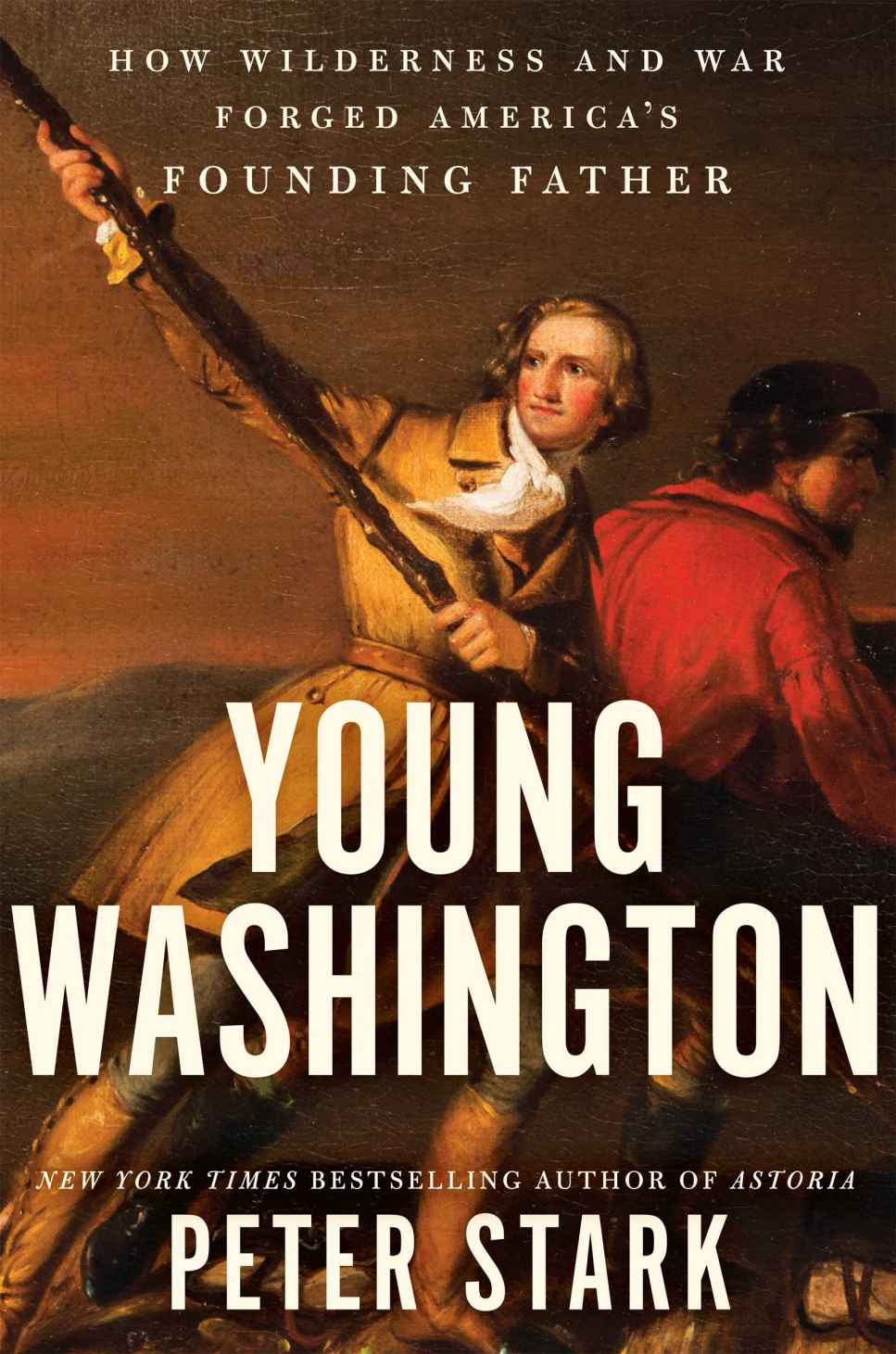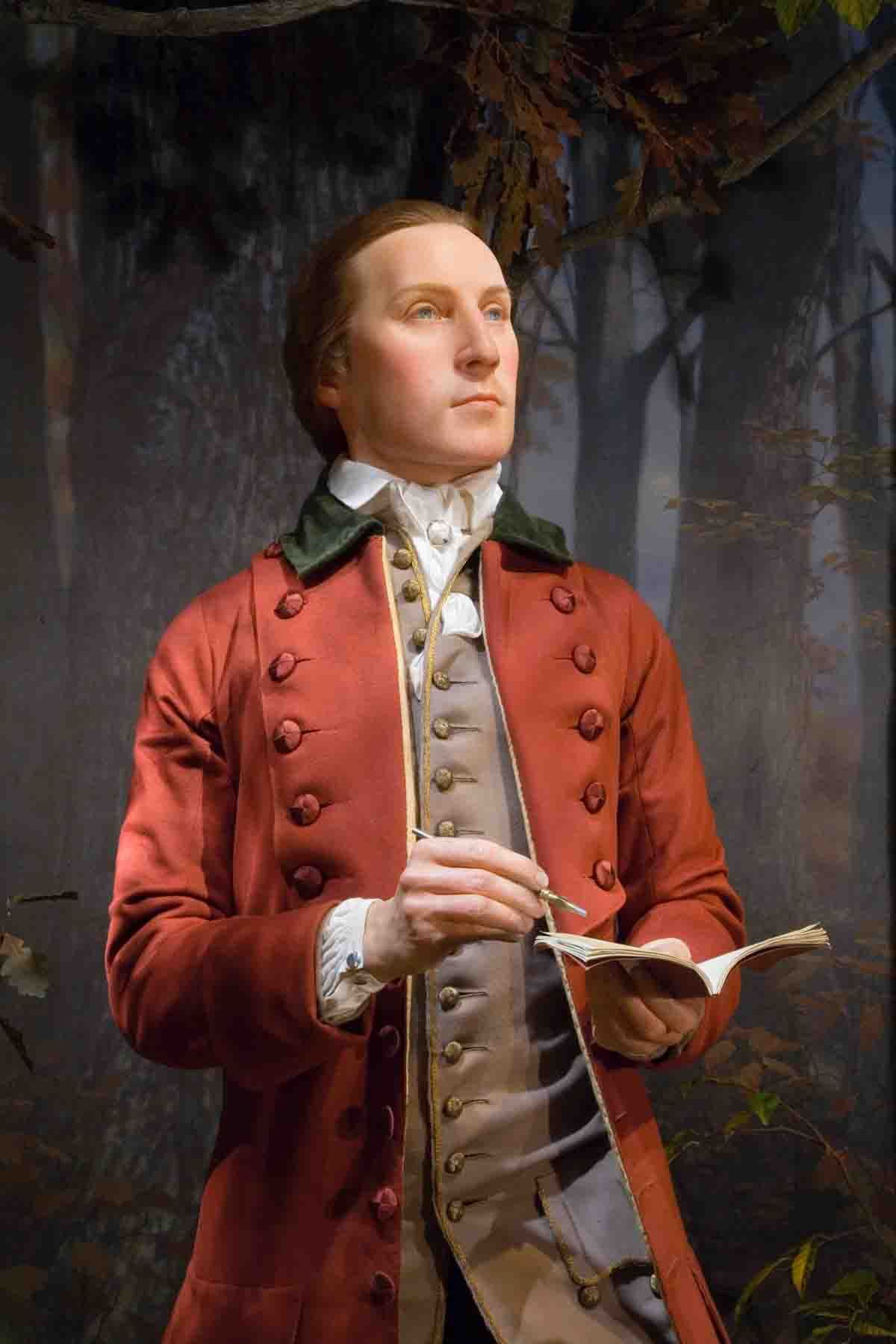Authors:
Historic Era: Era 3: Revolution and the New Nation (1754-1820s)
Historic Theme:
Subject:
Fall 2019 - George Washington Prize Books | Volume 64, Issue 5


Authors:
Historic Era: Era 3: Revolution and the New Nation (1754-1820s)
Historic Theme:
Subject:
Fall 2019 - George Washington Prize Books | Volume 64, Issue 5
Excerpted from the George Washington Book Prize finalist Young Washington: How Wilderness and War Forged America's Founding Father, by Peter Stark (Ecco)
The tired, sodden travelers rode into the old Indian town of Venango at the mouth of Rivière Le Boeuf.
Twenty-one-year-old George Washington had never traveled this deep into the wilds. He had now ridden nearly five hundred miles from the elegant plantations of coastal Virginia, over the crest of the Appalachians, far into the Ohio Valley wilderness, a great forest in America's interior approximately the size of Spain. Smoke plumed from bark-covered longhouses and hung low in the damp, rainy air.

It was early December 1753. A deep chill wrapped the forest clearing. Children and scrawny dogs ran on muddy paths. The arrival of the little caravan—the tall young stranger who carried himself with a proud bearing, the shaggy frontiersman guide, the French-speaking interpreter, the hired men handling the packhorses, the three Indian chiefs—brought out onlookers as word spread among the longhouses. The youthful white planter from the distant Atlantic coast of British America self-consciously rode through the native village, anxious to carry out this crucial step in his first mission for Virginia's Governor Dinwiddie—to deliver a message to the French commandant somewhere in the Ohio wilderness.
A stouter log cabin squatted amid the bark longhouses, a geometric cube intruding on an organic world. The French flag draped limply from a pole. The cabin had served as the trading post of British subject John Fraser until the French had recently evicted him. This, too, informed Washington's mission—to learn why the French had so boldly removed British colonist and trader Fraser from the Indian village of Venango and occupied his post.
Washington headed directly for the former trading post, now under the French flag, accompanied by his frontiersman guide, Christopher Gist, and his interpreter for French, Jacob van Braam. Three French military officers received him with formal introductions and polite respect. Captain Phillipe Thomas Joncaire stepped forward as the ranking officer. Son of a French trader and Seneca mother, 46-year-old Captain Joncaire had lived in the interior wilds since the age of eleven. Known to the Indians as Nitachinon, he had great influence among the tribes of the region, moving easily between the two worlds and working diplomatically to ally them to the French. Amid the fluid French graciousness, Washington abruptly asked who was the commander of French forces in the Ohio Valley.

Captain Joncaire politely replied that while he had command of the Ohio, another officer, Saint-Pierre, ranked higher. Washington should deliver to Saint-Pierre the letter from the governor of